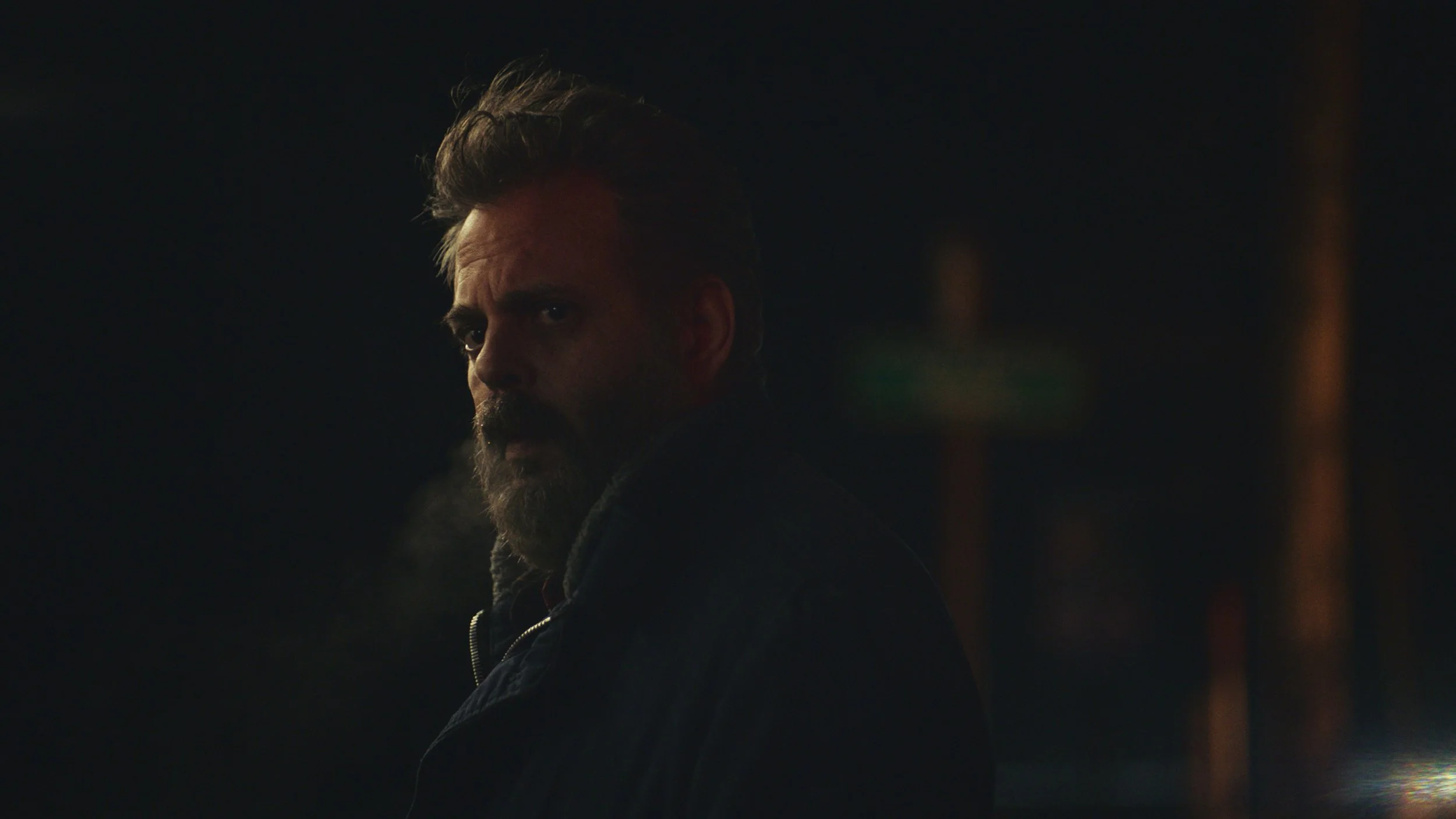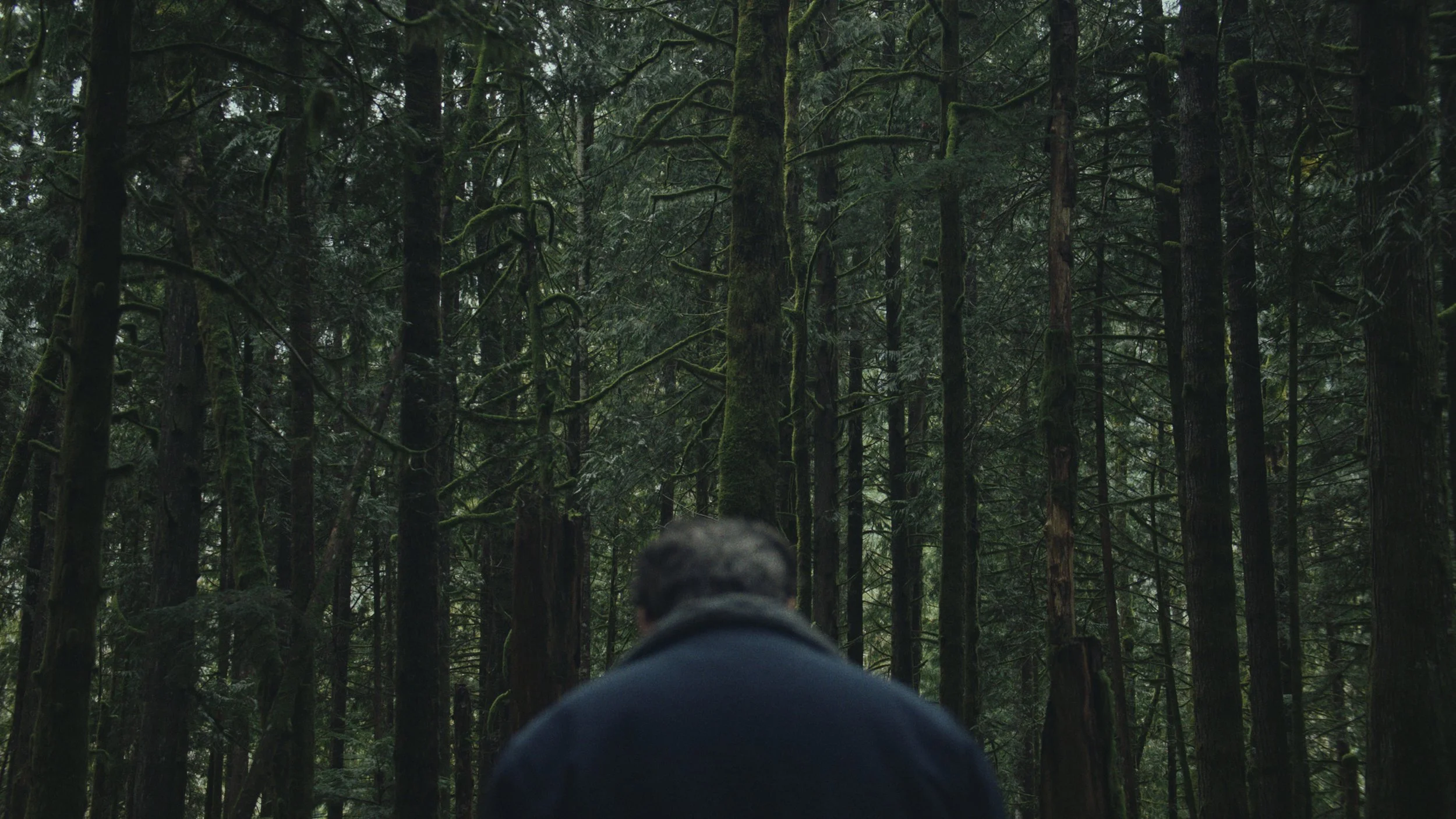Kelsey Taylor Bares Her Teeth with “To Kill a Wolf”
We all know the story of Little Red Riding Hood. A little girl travels through a dark and scary forest to visit her grandmother. Along the way, she meets a wolf. What happens after that depends on who’s telling the story. In the case of To Kill a Wolf, it’s writer/director Kelsey Taylor telling the story. Her version of Little Red and the wolf takes place in the Pacific Northwest. Little Red is a teenage girl (Maddison Brown) found clinging to consciousness on the property of the Woodsman (Ivan Martin). He takes her back to his cabin, but is this the wolf from the original fairytale? It’s certainly when things in To Kill a Wolf really kick off.
It took Taylor seven long years to develop her take on the fairytale. By the time To Kill a Wolf became the film audiences are able to see now, very little of her original concept was still part of the script. One of the things that made it through the test of time? Taylor herself.
“I’ve lasted,” Taylor jokes. “I'm really happy with the way it's evolved. It was a grueling test of patience. The script was born out of the what if? What if Little Red Riding Hood was a bad guy? Then it continued to evolve to what if the woodsman was the bad guy? Or, what if little Red Riding Hood got out of the wolf's belly and walked into something worse?”
courtesy of To Kill a Wolf
“As I always tend to do, I set out to write a horror film, and then it turns into a drama,” Taylor says with a smile. “Where we are now, the only things that have lasted are the Little Red Riding Hood framework for the film, and then also the exploration of abuse.”
“Oh!” Taylor startles. “You know, she had a little brother. He's gone now.”
Even though the framework of the well-known fairytale was something that made it through all seven years of rewrites, it’s one aspect of the film that Taylor wasn’t sure should be told to audiences. In the festival circuit Q&As, she came across a lot of comments that the idea of re-imaging the fable almost turned viewers off the film. After seeing the movie, however, it’s clear that this framing technique is necessary for the story Taylor waited seven years to tell.
“I'm always someone who likes to see all sides of a story. The Rashomon effect,” Taylor explains. “I want to understand why people do the things they do. Everyone is the hero of their own journey. Even the people who are evil on the surface, I think there's more going on below. There's a reason they've become that way.”
“We want things to be black and white, and life just isn't,” Taylor goes on. “Even our heroes are not black and white. There's gray in those people as well. I think we should teach our children that.”
“We actually debated whether or not to lean into it being a Little Red Riding Hood adaptation because it does stand alone. I tend to dig my heels in and say, no, no, no, no, no. It's really important to tie this with the fable,” Taylor explains. “It's a fairy tale. It's something we tell our children. There's a reason we need those stories to exist so that we can warn people.”
courtesy of To Kill a Wolf
To Kill a Wolf is primarily focused on the relationship between the Woodsman and the girl, which makes it essential to get their casting and chemistry right. Brown was most recently seen as a reformed party girl on the now-canceled CW series Dynasty, but that isn’t how she landed on Taylor’s radar. It was Ivan Martin, who Taylor had met working on the action comedy High Heat. His comedy chops might not make him the obvious choice for a stoic woodsman archetype, but Taylor figured it didn’t hurt to ask.
“In meeting Ivan through that film, we were like, this is just a great actor,” Taylor says. “I wanted to figure out a way to work with him. We had To Kill a Wolf percolating, and so it seemed like a natural fit to ask, knowing that he very well might say no. But he didn’t, and in talking about the script, he had some ideas that kind of sent it in a different direction, in a good way.”
“Maddison came up right as we were getting ready to gear up and go into production,” Taylor explains. “She had a really clear sense of the script and wanted to be a part of telling this story. I just met her the one time we had a conversation. I could tell she understood what we're making.”
courtesy of To Kill a Wolf
“What is so cool about Maddison is that, in real life, she's a bubbly, very outgoing, enthusiastic person. That's just not the character you see on-screen. When I watch her, I'm like, God, I don't know who that is. That's a different person entirely. Even the way she moves, she has that awkward teenager walk with the slumped shoulders.”
For much of the film, it’s Brown and Martin playing nameless archetypal characters. We know little about them, certainly not their names. Brown is an angsty teenage girl, but we don’t know the source of that angst until much further along in the film. Martin is gruff and purposefully alone, but again, we don’t know what inspired this self-inflicted isolation. To name someone or something is to give it power, another theme To Kill a Wolf touches on.
“I go back to Shakespeare’s “what's in a name?” says Taylor. “I really like that. A name doesn't really matter if we have the essence of a person. The name is just something we stick on there. At the same time, a name can have a lot of significance as well.”
courtesy of To Kill a Wolf
“In a lot of my work, I tend to do an archetypal name. The Woodsman, the uncle, the aunt, the girl,” Taylor lists. “Maybe it's because the name is sometimes distracting. It comes with so much connotation. Whereas, if you can just boil it down to this idea, it becomes simpler to see that person's essence.”
One of the most staggering aspects of To Kill a Wolf is its use of silence. We live in a time when we’re almost constantly bombarded by sights and sounds. Many people find discomfort in the quiet. Taylor is one of those people, yet To Kill a Wolf uses the absence of dialogue to such a meaningful degree.
“The silence is important because it makes the viewer uncomfortable, it keeps them on edge. You have these two characters who are not willing to fill it,” Taylor says. “I also will say, the script is more overwritten than what ended up on screen. One of our awesome producers put together a script-to-screen thing where you see the scene with the script playing out. It's like, oh my gosh, we cut half these lines, either on the day or in the edit.”
It’s a gamble, one that goes against the mentality of the model of streaming services. They have essentially become resigned to the fact that people will be scrolling on their phones with something on TV in the background. There’s a complete lack of trust between the people making the films and the ones who watch it. However, Taylor decided to bet on film lovers.
“There's no trusting the audience anymore. People aren't paying attention because they don't have to pay attention with these overwritten shows. I'd like to respect the audience and their intelligence. There are more people who say, no, I want to sit down here. I want to engage.”
Support Your Local Film Critic!
~
Support Your Local Film Critic! ~
Beyond the Cinerama Dome is run by one perpetually tired film critic
and her anxious emotional support chihuahua named Frankie.
Your kind donation means Frankie doesn’t need to get a job…yet.
Follow me on BlueSky, Instagram, Letterboxd, YouTube, & Facebook. Check out Movies with My Dad, a new podcast recorded on the car ride home from the movies.





